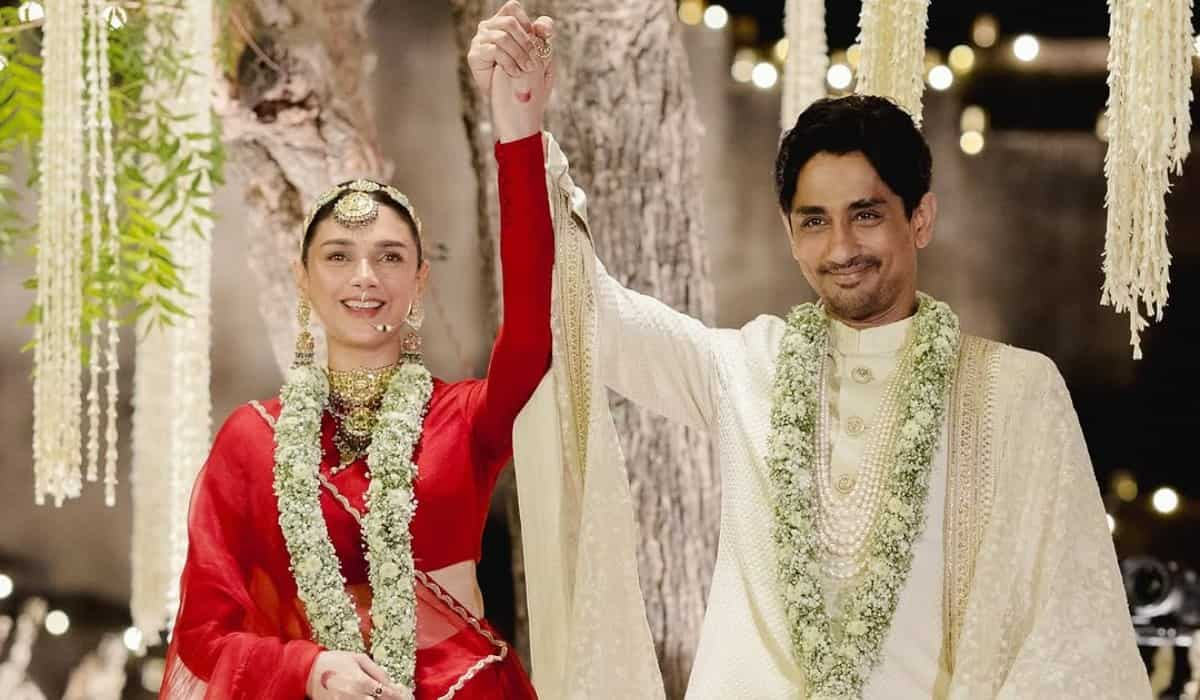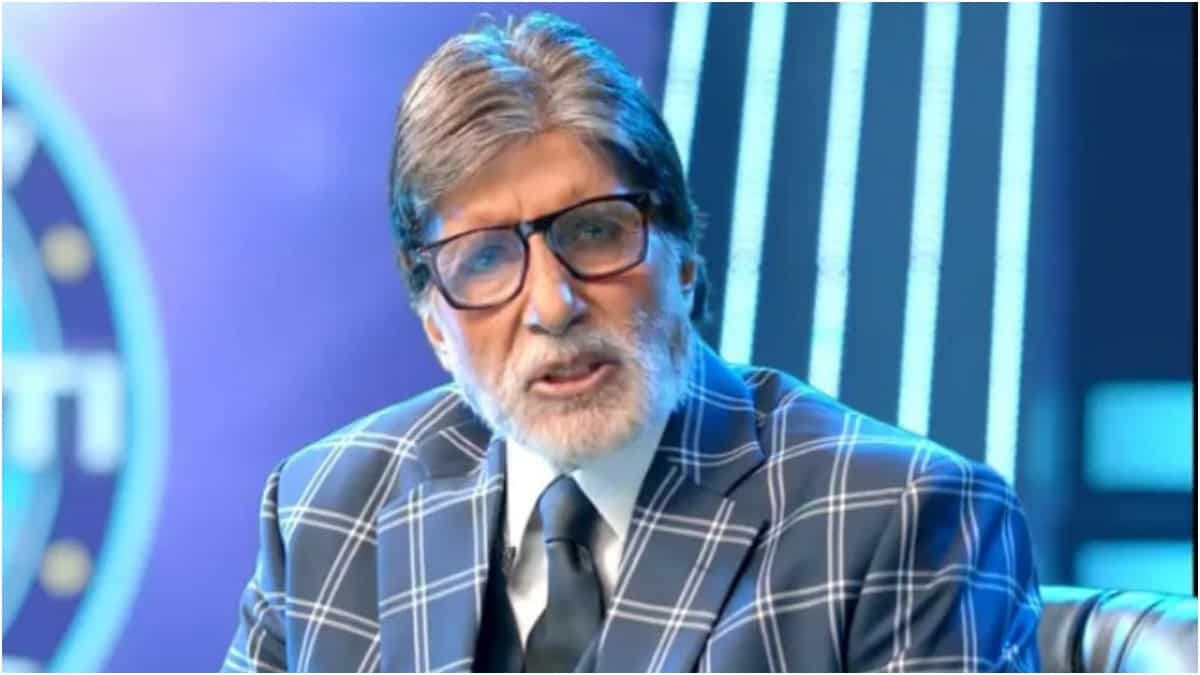
Rude Food by Vir Sanghvi: Siam Siam, but different
6 months ago | 79 Views
Have you ever wondered why there are some countries where Indians feel much more at home than others? Most of us enjoy, say Hong Kong or Manila. But we don’t feel particularly at home in either place. In terms of familiarity, we might as well be in Europe or South America.
But I have yet to meet an Indian who doesn’t feel at home in Thailand. There are many things to recommend the destination: Good hotels, great sights, wonderful food, superb beach resorts, shopping at all levels etc. But this is also true of many other countries.
So why is Thailand different? I have been going there for decades and each time I go, I am more and more convinced that it is because of some ancestral DNA from centuries ago, when our ancestors went to Thailand even more often than we do.

We were so close as people, that the Thais adopted many Indian cultural references and practices. Buddhism, which is the religion of the vast majority of Thais, came to them directly from India. But, and this is less well-known, Hinduism took root so deeply within Thai culture that even today, Buddhist Thais will pray to Hindu gods.
I first noticed this back in 1988 on one of my first trips to Thailand. I turned on the TV in my hotel room and was not surprised to see that all the channels were in the Thai language. (This was the era before satellite TV arrived.) But one show on one channel seemed particularly familiar even though I could not understand a word the characters were saying. I watched a little longer and realised that it was Ramanand Sagar’s Ramayan, dubbed into Thai.
I was a little taken back by its sudden appearance and asked my Thai hosts if anybody watched it. “Are you kidding?” Thais responded. “This is one of our more popular shows.”
It turned out that the Ramayan is big in Thailand. Everyone knows the basic story and venerates the characters from the Ramayan. For instance, there is a huge statue of Ravan (called Tosakanth in Thai) at Suvarnabhumi airport in Bangkok. (The biggest and most notable statue at the airport, however, is a representation of Lord Vishnu and the Samudra Manthan).

So, why are Hindu deities so important in a country that is 94 per cent Buddhist?
The short answer is that for many Thais, their country is a Rama Rajya. On my last visit, I drove to Ayutthaya, the ancient capital of Thailand (about an hour and a half from Bangkok). The city is now in ruins — it was largely destroyed by an invading army from the region that was later called Burma. But by the time the Ayutthaya Kingdom was established (around the 14th Century) Indian influences (including the Ramayan) had already been in Thailand for more than a thousand years.
We forget now how adventurous our ancestors were. They were visiting Thailand as early as the 6th Century BC. In the 3rd Century BC, when the Thais had already become familiar with the Hindu tradition, the Emperor Ashoka sent Buddhist monks all over Asia. Some of them went to Thailand and their message was so powerful that today, Thailand is mostly Buddhist.
So why did Buddhists call a capital city Ayutthaya? The answer seems to be that in much of the South East, two of the greatest religious to come out of India – Buddhism and Hinduism — co-existed happily. Among the various rulers of Ayutthaya were the Khmer Kings of Cambodia who had Hindu beliefs. (If you visit Angkor Wat in Cambodia, you will find both Hindu and Buddhist temples there too.) In the ruins of Ayutthaya are Buddha images from over several centuries. And yet, even as they worshipped the Buddha, the people clung to Hindu tradition.

That continues to the present day. Down to the road from the Anantara Siam, the hotel where I usually stay in Bangkok, is the Erawan Shrine dedicated to Brahma. The Thais call the deity Phra Phrom, but he is an avatar of Brahma. I go there to pray every single time I am in Bangkok and though the shrine is thronging with Buddhist Thais there is no doubt that they are worshipping a Hindu god and counting on him to grant their deepest wishes.
Across the road from the Erawan shrine, at the Central World complex, there are more Thais, praying at a shine to Ganeshji and there is another shrine to Trimurti, which contains a replica of an ancient statue from Ayutthaya dedicated to the holy trinity of Hindu gods. In a very Hindu way, the shine is considered especially auspicious on Tuesdays and Thursdays.
Why do so many Buddhists pray to Hindu gods? Well, this tradition extends all the way up to the royal family. Every Thai king takes on the name of King Rama and is considered a Devaraja, or a god-King and his coronation is handled by Brahmins, all of whom are ethnic Indians.
There is even a centre, containing temples dedicated to the Brahmins which is called Devasathan. This is where the Brahmins who handle rituals for the royal family are mostly based. (Our Foreign Minister Dr Jaishankar made an official visit there recently.) In keeping with Thai tradition, it is next to the Buddhist temple Wat Suthat. Nobody sees any conflict in that.

It is important to remember that both Hinduism and Buddhism came to Thailand in waves from India. Some Hindu influences came from the great dynasties of South India who ruled much of East Asia. Buddhism was also influenced by a Southern-Indian and Sri Lankan tradition over the centuries. The only thing that remained constant was that the Indian influences rarely waned until our colonial period, when we reduced our cultural influence on East Asia under European domination.
For some reason, we don’t celebrate these triumphs of Indian culture and religion as much as we should. And because Buddhism no longer plays such a large role in modern India, we forget how it is one of India’s greatest exports. And we forget that the Hindu and Buddhist traditions were closely intertwined through the ages. For instance, the Thais get many of their Ramayan references from the Buddhist Dasaratha Jataka. The walls of Bangkok’s sacred Temple of the Emerald Buddha are decorated with paintings telling the story of Rama. Even Phra Phrom is sometimes referred to as the ruler of the biggest heavenly realm in Buddhism (MahaBrahma).
One of modern India’s problems is that even those who are obsessed with a Hindu rashtra do not appreciate the soft and peaceful power of Indian traditions all around Asia. When I went to Angkor Wat some years ago, my wife and I were probably the only Indians visiting the ancient temples. So it is in Bangkok. We are usually the only Indians at the Erawan shrine.
I am a believing Hindu, so perhaps it is different for me, but even if you are not religious, how can you not be proud of the role our country and its culture have played in shaping the beliefs of so many different countries? How can you eat a Thai curry with the local roti and not wonder how powerful our culinary traditions were, even centuries ago, that people still eat the foods that came from our ancestors?
I guess that at some level, we understand that there is a connection that’s making us feel so at home in Thailand. But let’s go beyond a subconscious understanding. The next time you are in Bangkok, take time out from visiting the malls and admire the vast legacy left to us by our ancestors all around Thailand.
Read Also: Listicle: 10 mean girls we’re secretly obsessed with





















